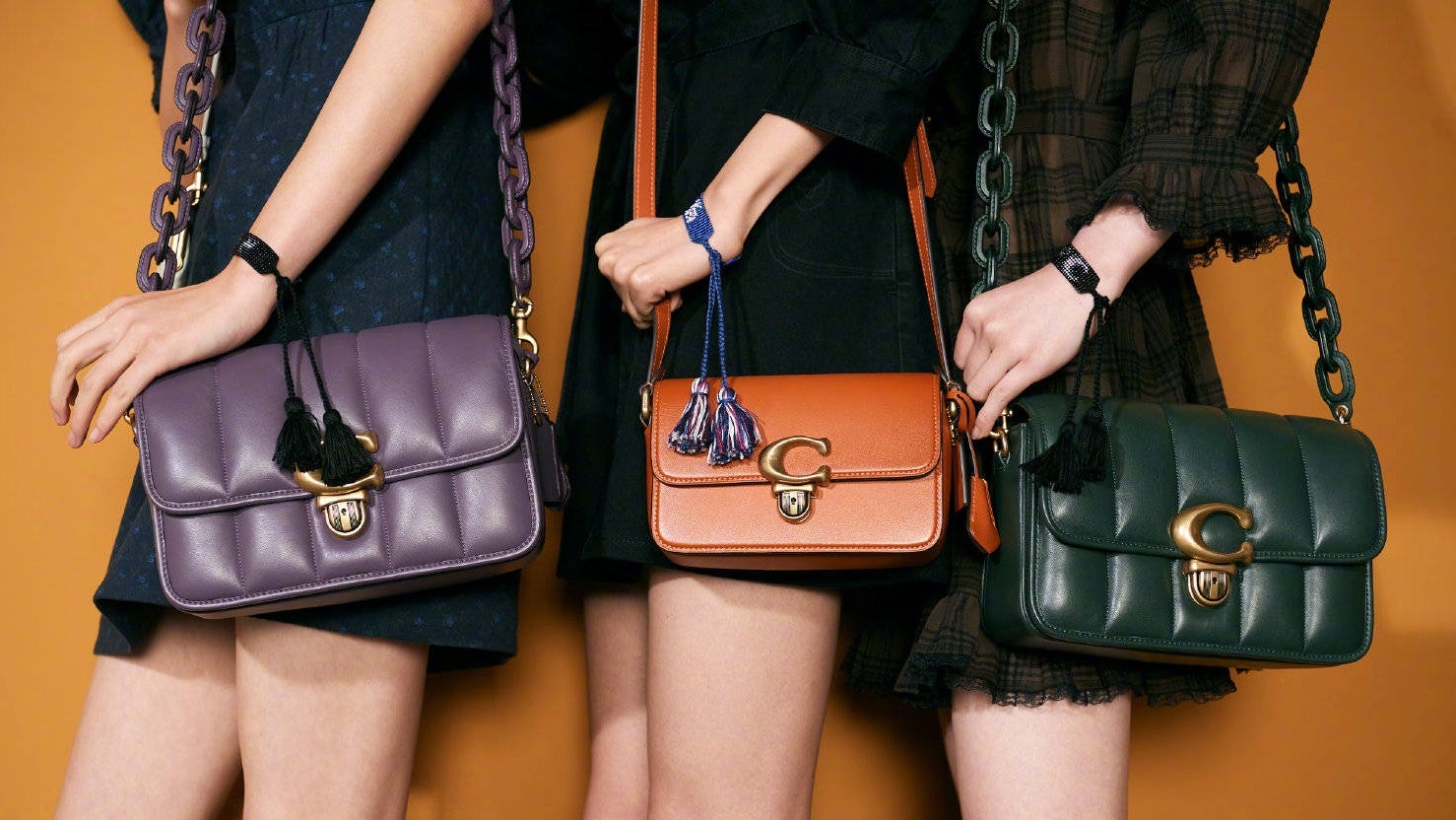August saw a flurry of earnings results from luxury companies, beauty brands, and e-commerce giants, among them, international beauty house Estée Lauder, online luxury retailer Farfetch, and Coach parent company, Tapestry. They all reported strong sales over the quarter with continued growth in China — not surprising as these same three months during 2020 (April to June) were peak lockdown months for global retail (except in China).
Estée Lauder#
The beauty company’s full-year sales (ending in June) hit 16.2 billion, up 13 percent. Skincare, luxury/artisanal fragrances, the Asia Pacific, the offshore travel-retail business, and global online business all “performed exceptionally well,” according to brand CEO Fabrizio Freda.
Among Estée Lauder’s three global regions, the Asia-Pacific stood out with 29-percent growth, generating 5.5 billion in sales. That reflected gains in China, but also South Korea, Australia, and other smaller markets.
In Mainland China, strong double-digit increases were powered by the country's demand for skincare brands like La Mer and Estée Lauder. There was also an acceleration in fragrances and a recovery of the hard-hit makeup category from a rough January. Mainland sales were also assisted by big regional events, such as Alibaba’s 11.11 Global and the 6.18 Mid-Year shopping festivals, which saw growth from “nearly every brand” led primarily by luxury.
In the fourth quarter, revenue surged by 62 percent to 4 billion, reflecting a favorable comparison to the prior-year period when most retail stores were closed due to COVID-19. Year-to-date, Estée Lauder’s stock is up 55 percent.
Farfetch#
The brand's revenue grew by 43 percent to just over 0.5 billion in the second quarter, with the main chunk of 349 million coming from the London-based, New York-listed company’s digital platforms (Farfetch Marketplace, BrownsFashion.com, StadiumGoods, and New Guards' e-commerce websites). The rest came from a roughly equal mix of digital fulfillment, brand platforms, and in-store sales (18 million).
Farfetch founder and CEO José Neves lauded the resilience of the luxury industry and commented that it “was already back to growth with even stronger fundamentals.” He said his company’s strong Q2 performance “reflected powerful flywheel dynamics,” referencing ever closer marketing partnerships with retailers and brands. These moves were made with one objective: to make Farfetch the global platform for online luxury.
A 90-percent increase in full-price sales year-over-year was achieved by fostering loyalty with a valuable luxury audience in China — where marketplace operations happen via Farfetch China Holdings — and globally.
First announced last November, the company formally sealed a global partnership with Alibaba Group and Richemont on August 2. It gives high-end fashion brands enhanced access to the China market but has a greater aim of accelerating global luxury industry digitization. Year-to-date, Farfetch’s stock is down by 33 percent.
Tapestry#
The fashion house, which is home to Coach, Kate Spade, and Stuart Weitzman, more than doubled its fourth-quarter sales year-over-year, with 126-percent growth to 1.62 billion, outpacing its FY19 pre-pandemic performance.
Greater China played a role by accelerating by 60 percent, and it is also comfortably up by over 40 percent against pre-pandemic levels. The region now accounts for 19 percent of Tapestry sales, or almost one in every five dollars spent. Digital was also a star, climbing by over 35 percent versus Q4 in 2021 and over 200 percent compared to pre-pandemic levels.
Across the full financial year of 2021 (ending in June), Tapestry generated sales of 5.75 billion, a rise of 16 percent over 2020 but down 6 percent compared to the pre-pandemic fiscal year of 2019.
Tapestry CEO Joanne Crevoiserat called the full-year result “transformational” because its year-old acceleration program helped sharpen consumer focus and lean into digital and data. She described digital and China as “two areas of significant opportunity.”
About 22 percent of Coach’s annual 4.2 billion in sales came from China, slightly over the average for Tapestry. The brand remains attuned to China’s emerging middle class and the increasing digitalization trends in the country, fine-tuning its investments in capsules and marketing activations. Stuart Weitzman is even more exposed in Greater China, with 38 percent of sales coming from the region. The brand plans to increase that share by expanding its footprint further. Year-to-date, Tapestry’s stock is up just over 32 percent.

